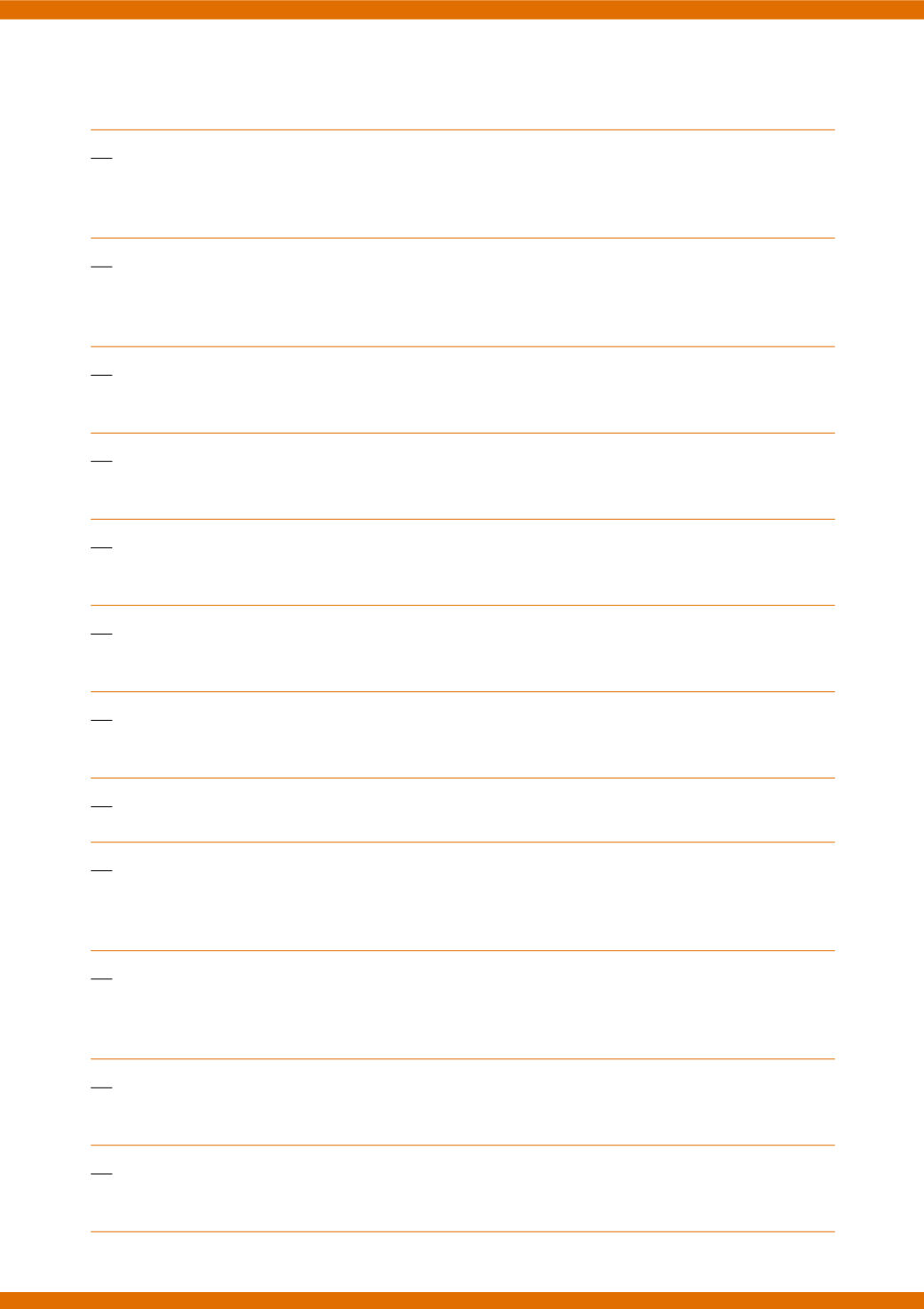
O’Hara, M., & Lee, M. R. (2012). Oxytocin selectively increases perceptions of harm for
victims but not the desire to punish offenders of criminal offenses.
Social Cognitive and
Affective Neuroscience
. Advance online publication. doi:10.1093/scan/nss026
Riem, M. M., Bakermans-Kranenburg, M. J., Pieper, S., Tops, M., Boksem, M. A.,
Vermeiren, R. R., van Ijzendoorn, M. H., & Rombouts, S. A. (2011). Oxytocin
modulates amygdala, insula, and inferior frontal gyrus responses to infant crying: A
randomized controlled trial.
Biological Psychiatry, 70
(3), 291–297.
Hurlemann, R., Patin, A., Onur, O. A., Cohen, M. X., Baumgartner, T., Metzler, S.,
Dziobek, I., Gallinat, J., Wagner, M., Meier, W., & Kendrick, K. M. (2010). Oxytocin
enhances amygdala-dependent, socially reinforced learning and emotional empathy in
humans.
The Journal of Neuroscience, 30
(14), 4999–5007.
De Dreu, C. K. (2012). Oxytocin modulates cooperation within and competition
between groups: An integrative review and research agenda.
Hormones and Behavior,
61
(3), 419–428.
Twenge, J. M., Baumeister, R. F., DeWall, C. N, Ciarocco, N. J., & Bartels, J. M.
(2007). Social exclusion decreases prosocial behavior.
Journal of Personality and
Social Psychology, 92
(1), 56–66.
Heinrichs, M., Baumgartner, T., Kirschbaum, C., & Ehlert, U. (2003). Social support
and oxytocin interact to suppress cortisol and subjective responses to psychosocial
stress.
Biological Psychiatry,
54
(12), 1389–1398.
Shirtcliff, E. A., Vitacco, M. J., Graf, A. R., Gostisha, A. J., Merz, J. L., & Zahn-
Waxler, C. (2009). Neurobiology of empathy and callousness: Implications for the
development of antisocial behavior.
Behavioral Sciences & the Law, 27
(2), 137–171.
Cusi, A. M., MacQueen, G. M., Spreng, R. N., & McKinnon, M. C. (2011). Altered
empathic responding in major depressive disorder: Relation to symptom severity,
illness burden, and psychosocial outcome.
Psychiatry Research, 188
(2), 231–236.
Hawes, D. J., Brennan, J., & Dadds, M. R. (2009). Cortisol, callous-unemotional traits,
and pathways to antisocial behavior.
Current Opinion in Psychiatry, 22
(4), 357–362.
Pace, T. W., Negi, L. T., Adame, D. D, Cole, S. P., Sivilli, T. I., Brown, T. D., Issa, M.
J., & Raison, C. L. (2009). Effect of compassion meditation on neuroendocrine, innate
immune and behavioral responses to psychosocial stress.
Psychoneuroendocrinology,
34
(1), 87–98.
Pace, T. W., Negi, L. T., Sivilli, T. I., Issa, M. J., Cole, S. P., Adame, D. D., & Raison,
C. L. (2010). Innate immune, neuroendocrine and behavioral responses to
psychosocial stress do not predict subsequent compassion meditation practice time.
Psychoneuroendocrinology, 35
(2), 310–315.
Nolen-Hoeksema, S. (2000). The role of rumination in depressive disorders and
mixed anxiety/depressive symptoms.
Journal of Abnormal Psychology, 109
(3), 504–
511.
Rakel, D. P., Hoeft, T. J., Barrett, B. P., Chewning, B. A., Craig, B. M., & Niu, M.
(2009). Practitioner empathy and the duration of the common cold.
Family Medicine,
41
(7), 494–501.
249


